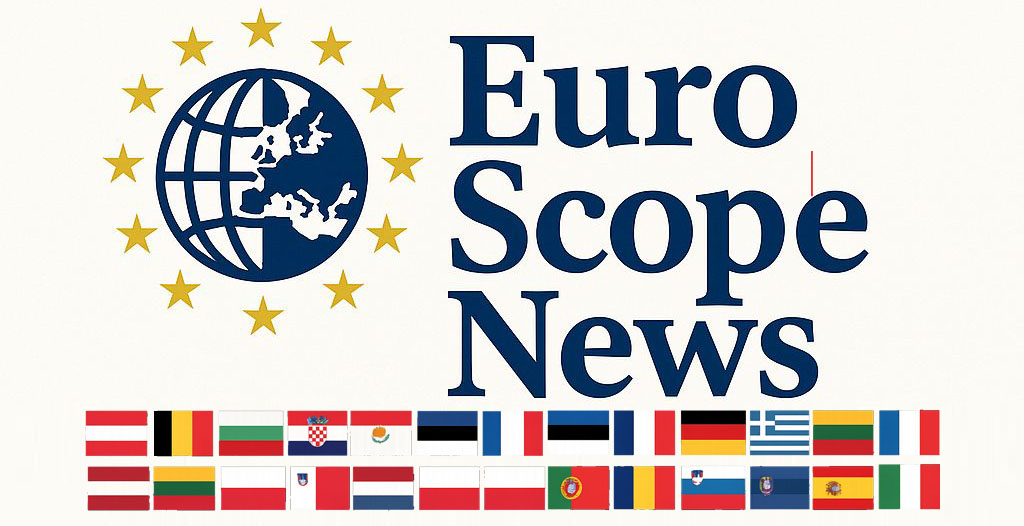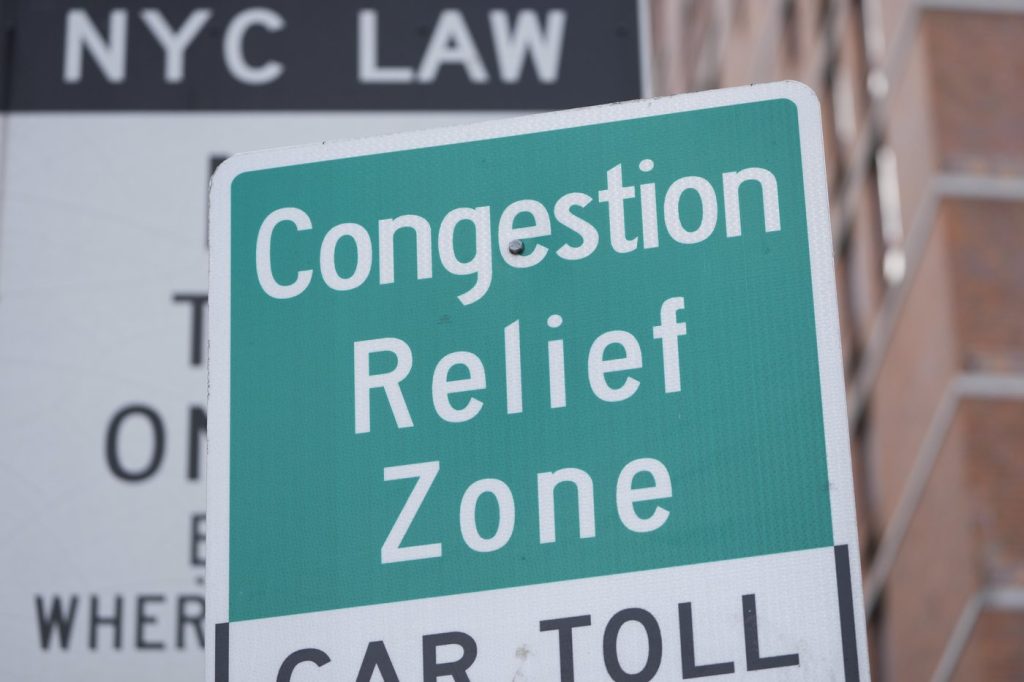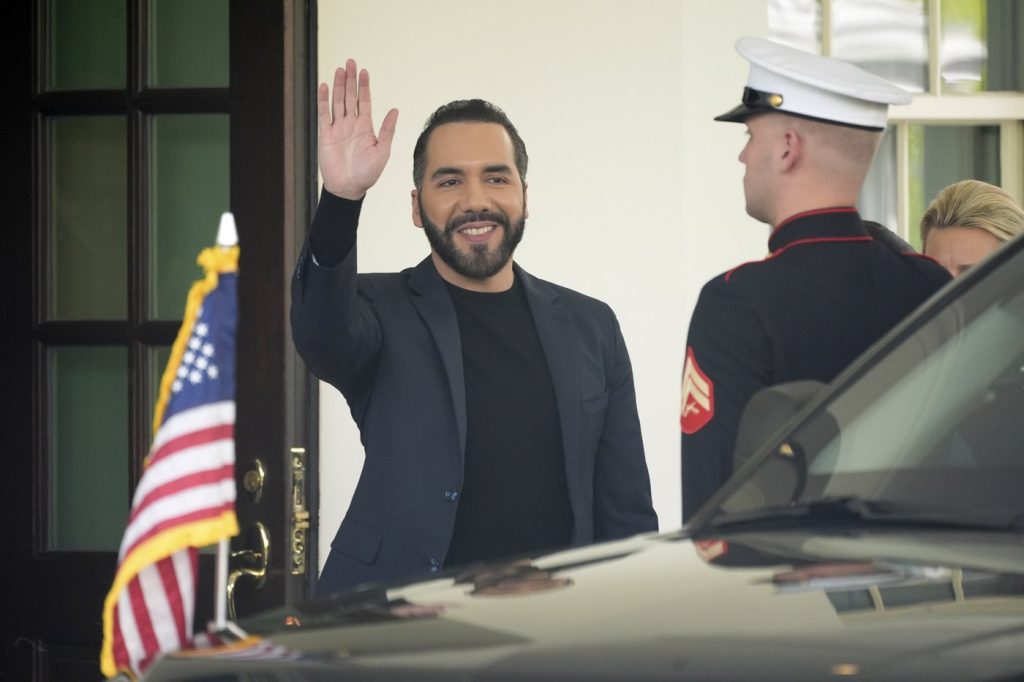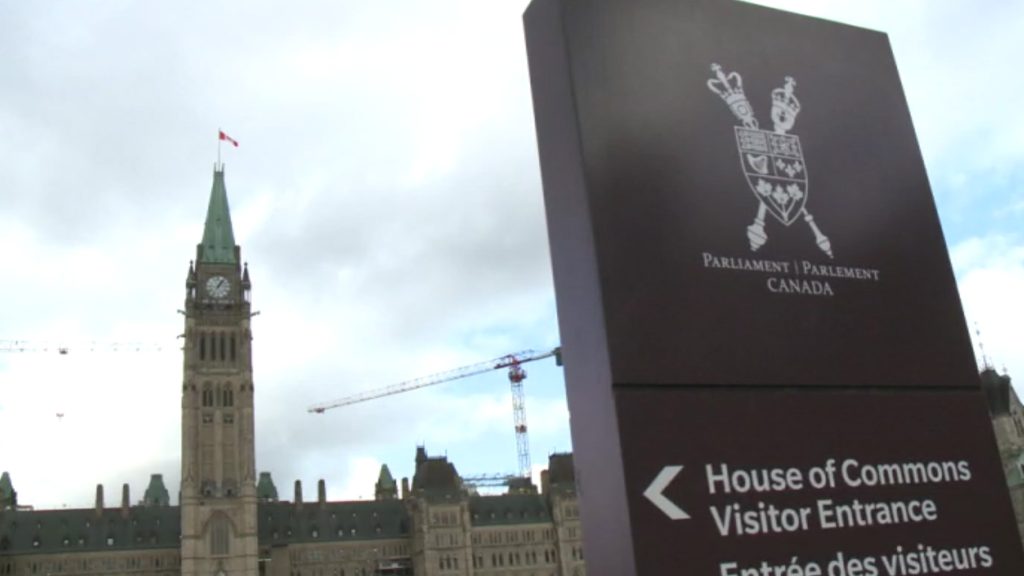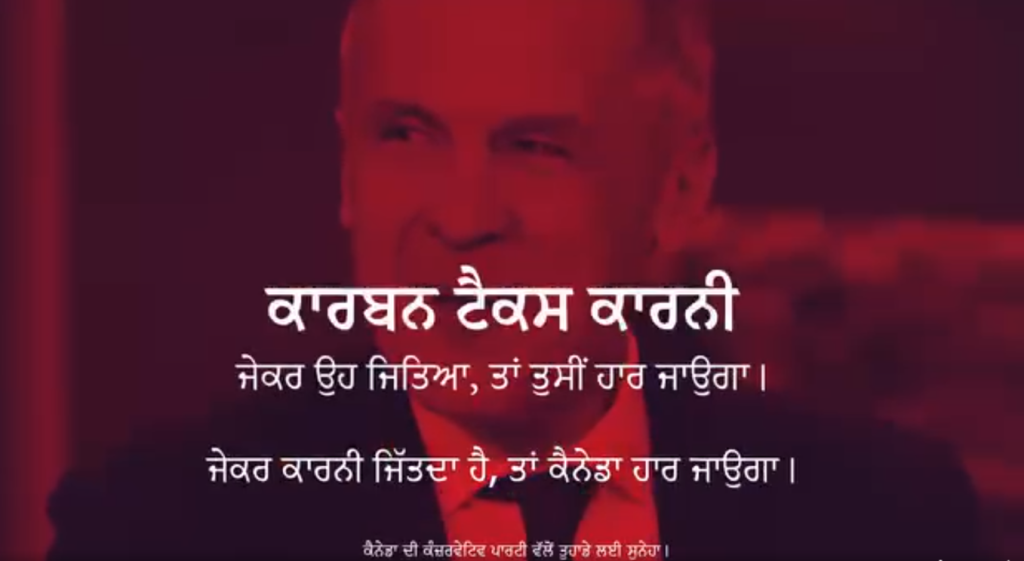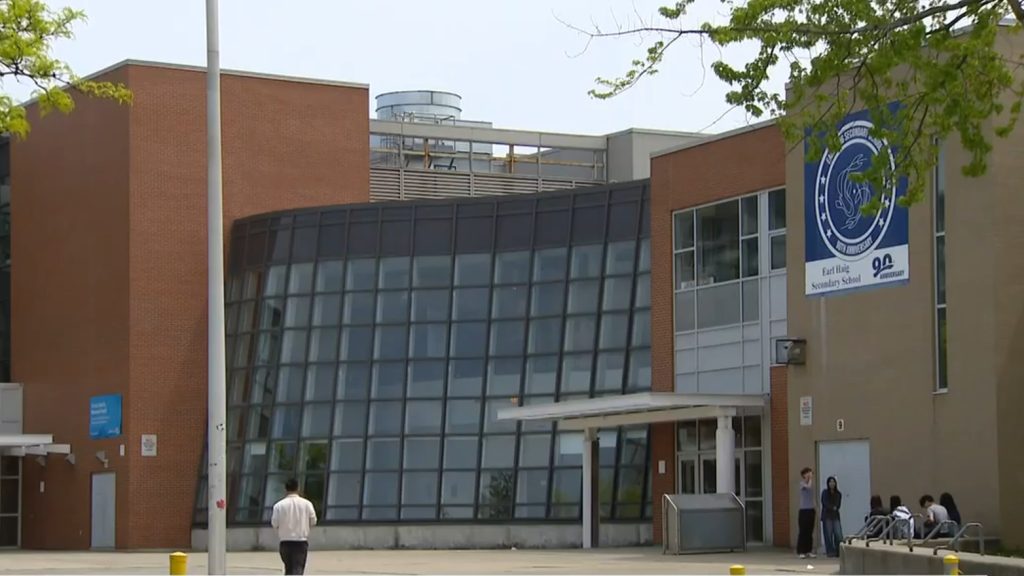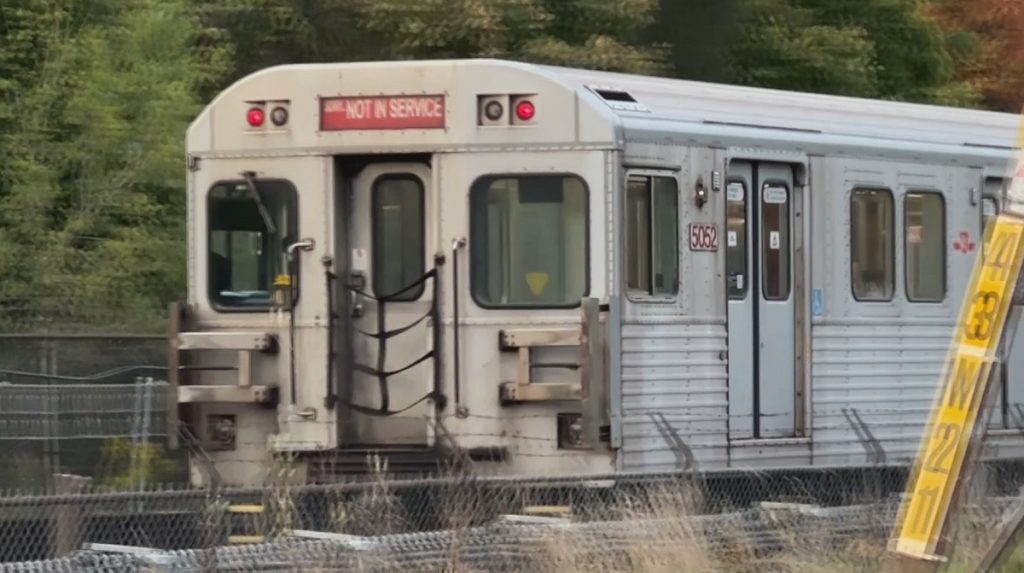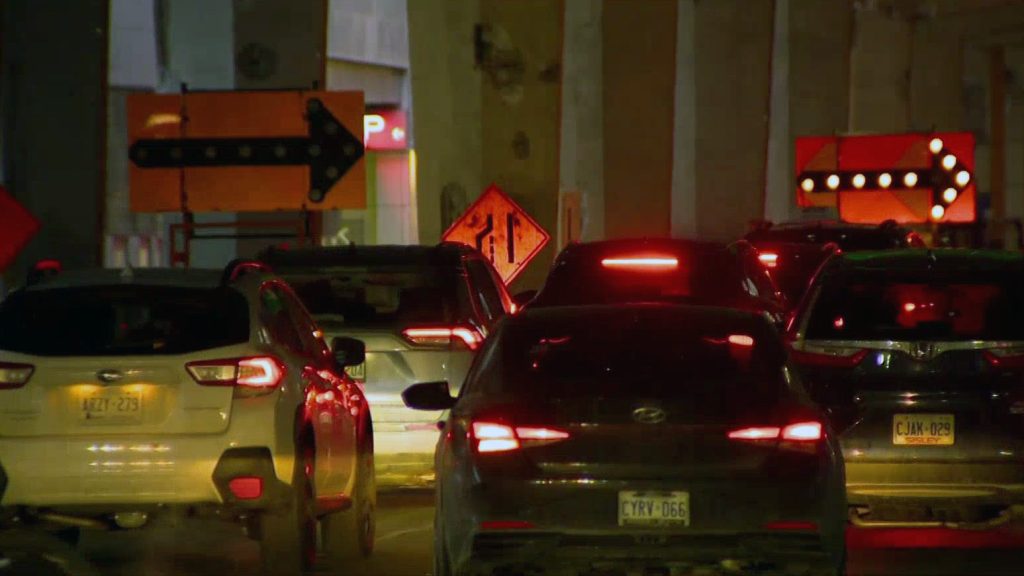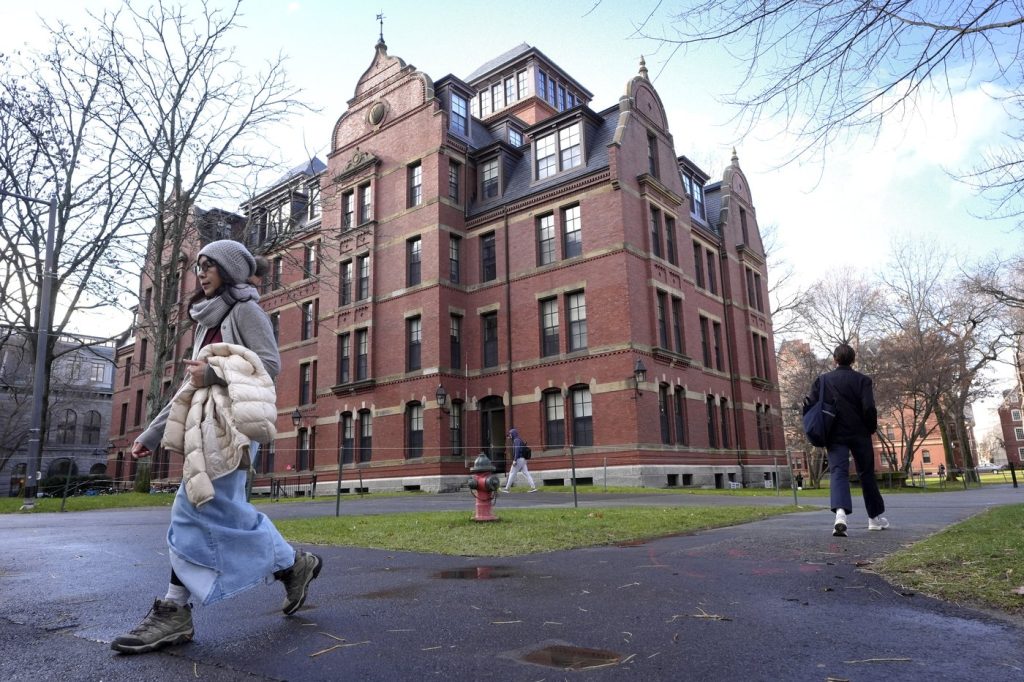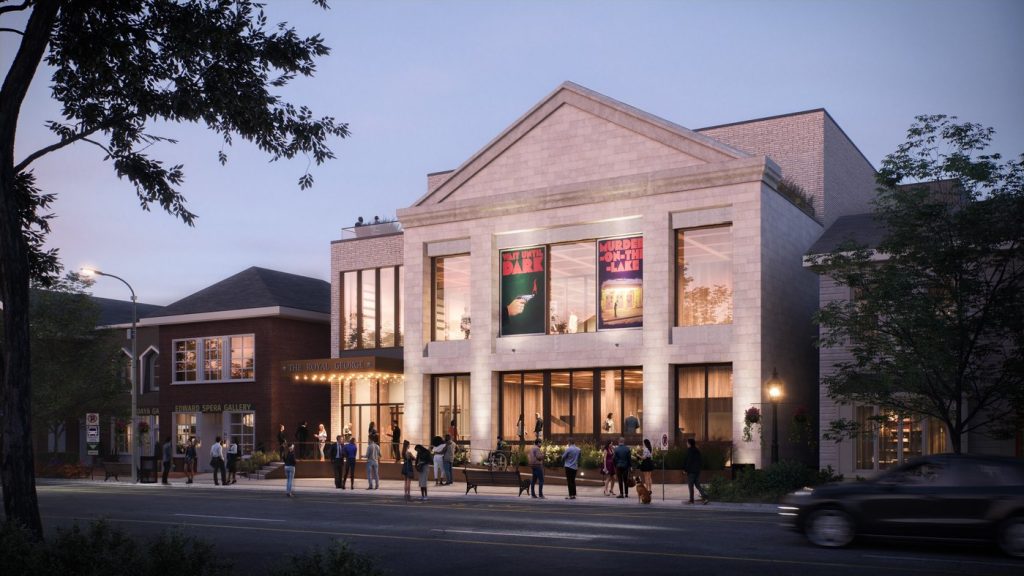NEW YORK (AP) – New York's $9 congestion toll for most drivers entering the busiest parts of Manhattan has continued to be enforced, despite a deadline imposed by the Trump administration to halt this pioneering fee. As of Sunday, both Governor Kathy Hochul's office and the Metropolitan Transportation Authority (MTA), the state agency overseeing the toll system, confirmed that traffic cameras remain operational and are actively collecting the toll from most cars entering the borough below Central Park.
Avi Small, spokesperson for Governor Hochul, stated in an email, "The cameras are staying on." The congestion pricing initiative was initially met with opposition from President Donald Trump’s transportation secretary, Sean Duffy, who rescinded federal approval for the program in February. Duffy characterized the toll as "a slap in the face to working-class Americans and small business owners" and imposed a compliance deadline of March 21.
The MTA has responded by challenging Duffy's decision in federal court. Following this legal action, the deadline was postponed to April 20. The U.S. Department of Transportation maintained that it would not relent on its demand, asserting it would "not hesitate to use every tool at our disposal” if the state fails to suspend the toll.
John J. McCarthy, the MTA’s chief of policy and external relations, emphasized the authority's commitment in a court filing, stating that congestion pricing is firmly established and that Duffy's arguments against it lack merit. As of Sunday, there had been no immediate response from the U.S. Department of Transportation regarding the ongoing situation.
The congestion pricing fee, which began on January 5, is designed not only to alleviate traffic congestion but also to generate billions of dollars in revenue for New York's public transport systems, including subways, commuter trains, and buses. Duffy has previously expressed intentions to terminate the program, particularly given that Trump Tower and other Trump properties fall within the congestion zone.
In terms of effectiveness, the MTA reports that the tolling program is having a positive impact. Data from March indicates that approximately 560,000 vehicles entered the congestion zone daily, reflecting a 13% reduction when compared to the estimated 640,000 that would have done so without the toll in place. The MTA also anticipates reaching its projected revenue of $500 million from congestion pricing this year.
The amount charged varies based on vehicle type and time of day, and this fee is in addition to existing tolls for crossing bridges and tunnels into Manhattan. This model mirrors similar congestion pricing initiatives implemented in major cities worldwide, including London and Stockholm.
In the latest development, a federal judge in Manhattan recently dismissed a series of lawsuits filed by the local trucking industry and various community groups seeking to challenge the congestion toll. The lawsuits primarily argued that the fee was approved by federal transportation officials without conducting proper scrutiny and requested a comprehensive environmental impact study be completed.
This decision from the court is significant, as it removes a major hurdle for the congestion pricing program, affirming the position of New York state authorities and the MTA as they push forward with their traffic reduction and revenue generation efforts.
